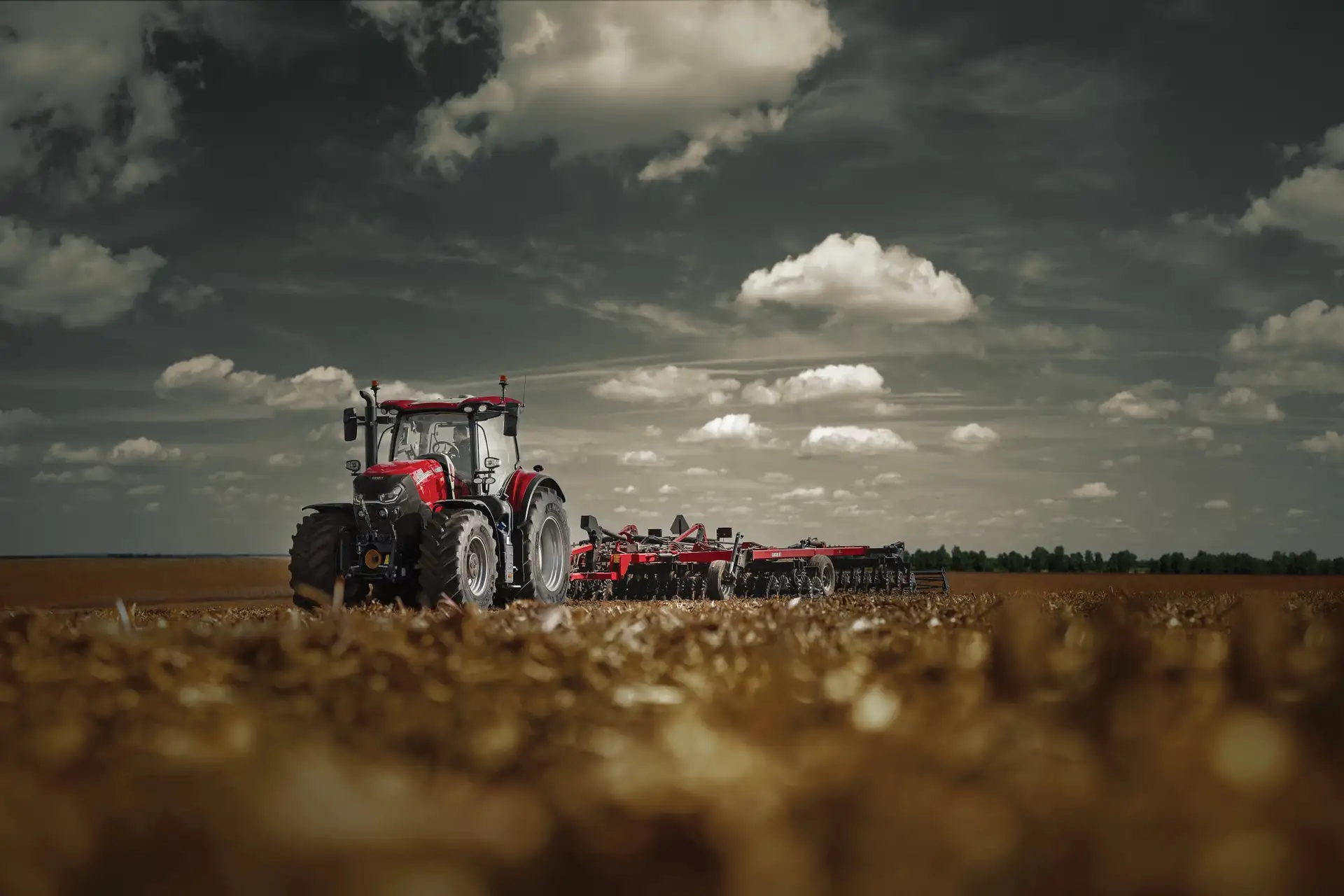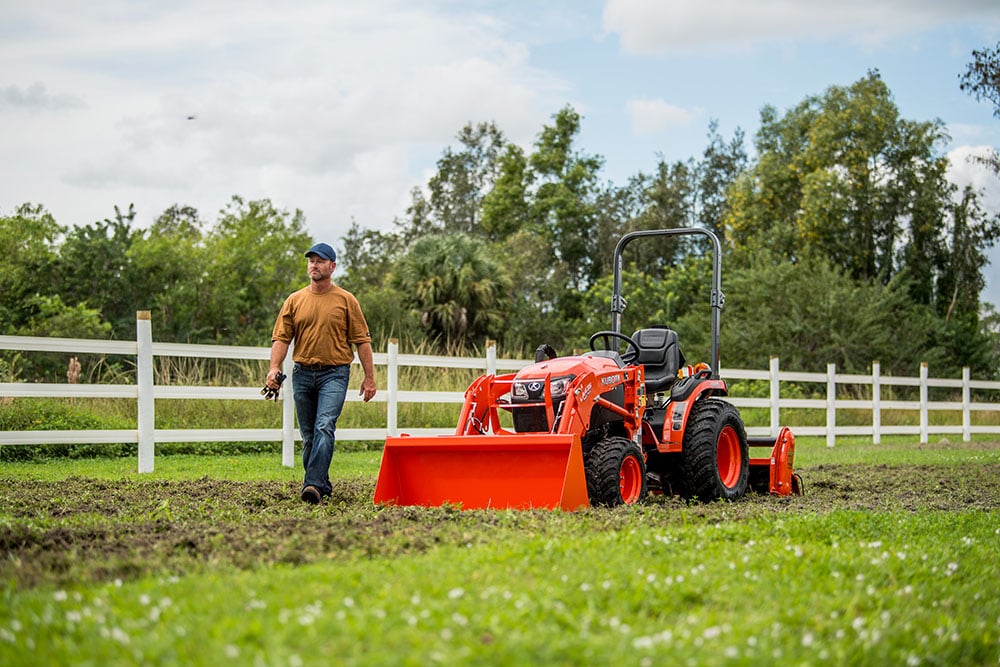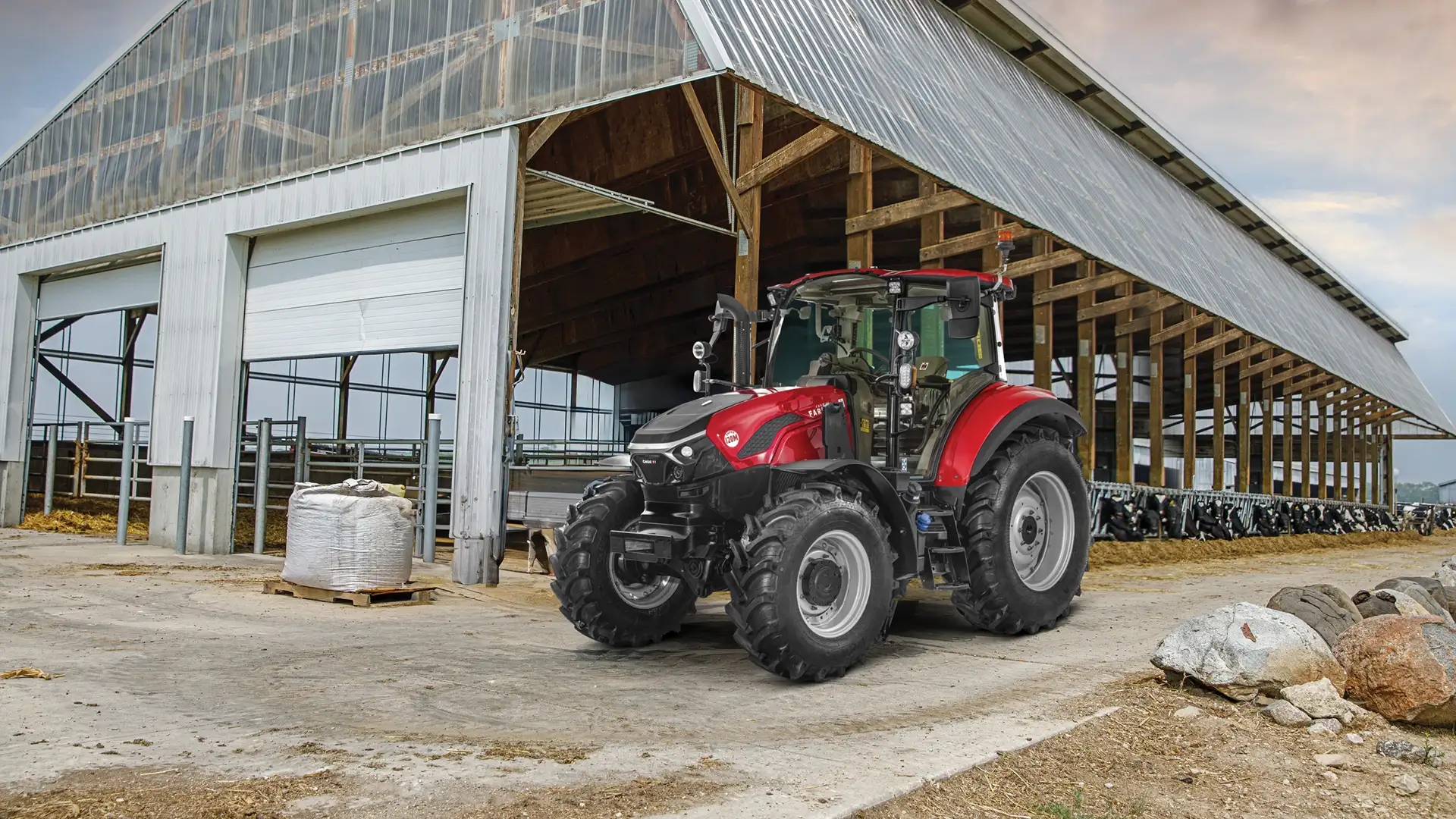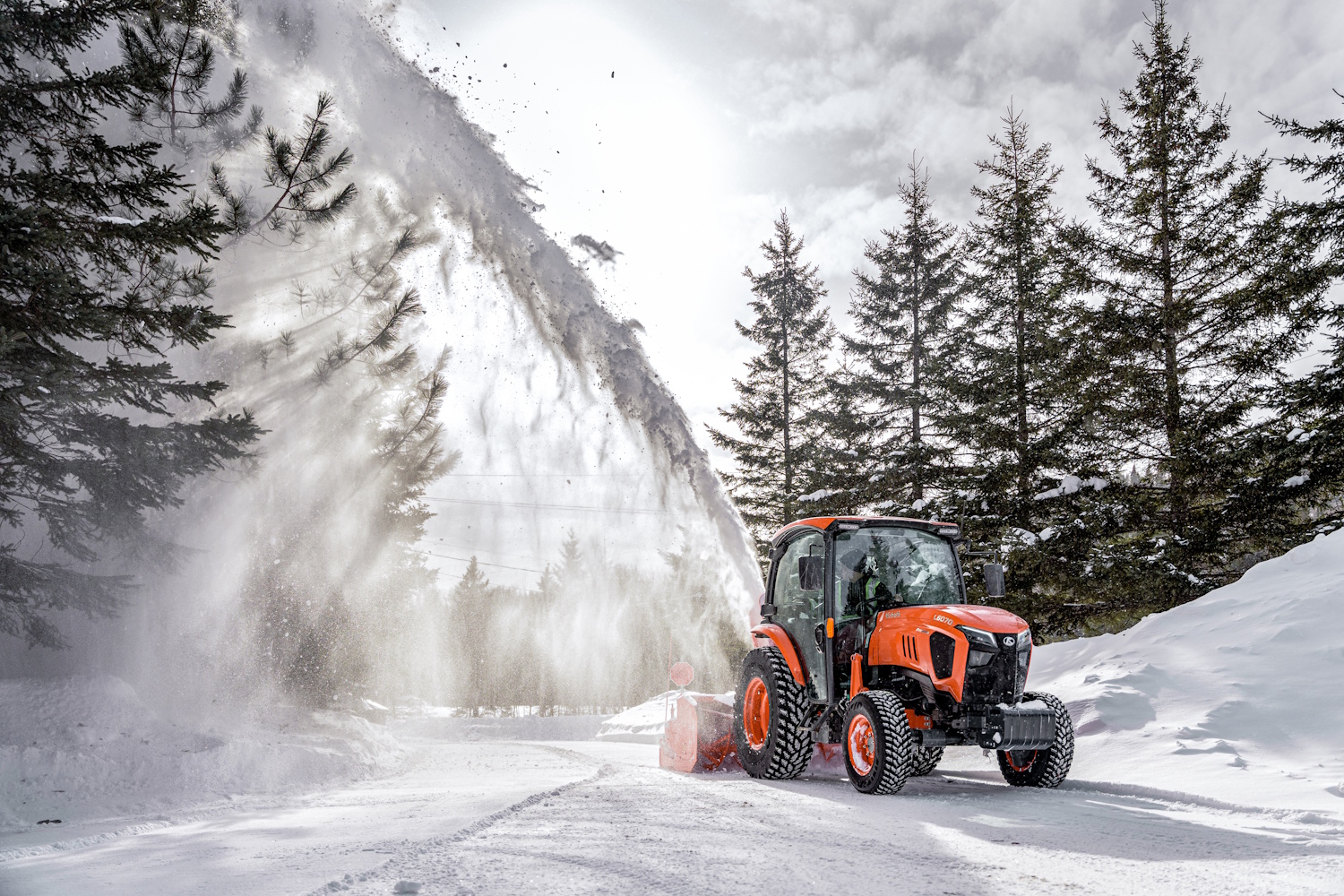Fall landscaping transforms your outdoor space from summer’s faded glory into a pristine canvas ready for winter’s arrival. Smart homeowners know that autumn yard work isn’t just about cleaning up—it’s about setting the foundation for a spectacular spring garden while maintaining your property’s curb appeal through the colder months.
The right tools make all the difference between a weekend of backbreaking labor and an efficient, satisfying landscaping project. Professional landscapers rely on specific implements that maximize productivity while minimizing effort, and you can achieve the same results with the proper equipment in your arsenal.
This guide reveals the four essential tools every successful fall landscaping project demands, helping you work smarter rather than harder as you prepare your yard for the season ahead.
Rakes: Your First Line of Defense Against Fall Debris
Rakes remain the cornerstone tool for fall yard maintenance, and choosing the right type can dramatically impact your efficiency. These versatile implements handle everything from delicate leaf collection to aggressive debris removal across different surfaces.
Traditional Leaf Rakes 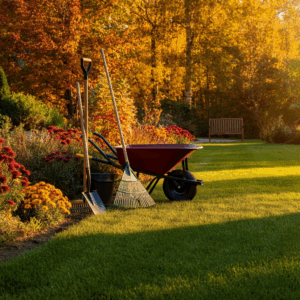
Standard leaf rakes feature flexible tines that bend around obstacles without damaging plants or lawn surfaces. Their wide heads cover substantial ground with each stroke, making them ideal for collecting leaves from large open areas. Look for rakes with ergonomic handles and reinforced tine connections to withstand heavy seasonal use.
Landscape Rakes
Heavy-duty landscape rakes tackle tougher jobs like spreading mulch, leveling soil, and removing embedded debris from gravel paths. Their rigid steel tines penetrate deeper than standard leaf rakes, making them perfect for preparing garden beds and clearing compacted organic matter.
Professional landscapers often switch between rake types throughout a single project, using leaf rakes for surface collection and landscape rakes for ground preparation. This strategic approach reduces fatigue while ensuring thorough coverage of all landscaping tasks.
Leaf Blowers: Maximize Efficiency with Powered Performance
Leaf blowers revolutionize fall cleanup by moving massive volumes of debris in minutes rather than hours. These powerful tools excel in areas where rakes struggle, such as around dense plantings, beneath outdoor furniture, and along fence lines.
Electric vs. Gas-Powered Options
Electric leaf blowers offer consistent power output with minimal maintenance requirements. They start instantly, run quietly enough for suburban use, and eliminate fuel mixing concerns. Corded models provide unlimited runtime for large properties, while battery-powered versions offer complete mobility without sacrificing performance.
Gas-powered leaf blowers deliver superior raw power for heavy-duty applications and extended use periods. They excel at moving wet leaves, compacted debris, and large volumes of material across expansive properties. However, they require regular maintenance and produce more noise than electric alternatives.
Strategic Blower Techniques
Effective leaf blower operation involves working systematically from one area toward a central collection point. Start from the farthest corners of your property and blow debris toward easily accessible locations where you can efficiently collect and dispose of it. This approach prevents repeatedly moving the same material and reduces overall project time.
Pruning Shears: Precision Cutting for Plant Health
Fall pruning sets the stage for vigorous spring growth while removing potential winter damage sources. Quality pruning shears enable precise cuts that heal properly, preventing disease entry points and promoting healthy plant development.
Why Fall Pruning Matters
Autumn pruning removes dead, diseased, or damaged branches before winter weather can spread problems throughout your landscape. Many plants benefit from fall trimming because their energy focuses on root development rather than leaf production, leading to stronger overall plant structure.
Proper Pruning Techniques
Sharp, clean cuts heal faster and resist infection better than torn or crushed branch ends. Position your shears at a 45-degree angle just above outward-facing buds to encourage proper growth direction. Clean your tools between plants with rubbing alcohol to prevent disease transmission across your landscape.
Different plant types require specific pruning approaches. Remove up to one-third of perennial growth, while woody shrubs may need selective branch removal rather than overall reduction. Research your specific plant varieties to ensure optimal pruning timing and techniques.
Wheelbarrows: Essential Transport for Heavy Materials 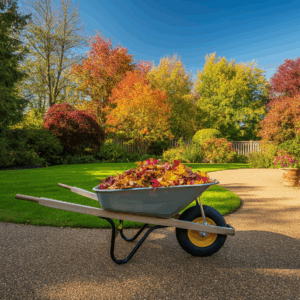
Wheelbarrows transform physically demanding landscaping tasks into manageable projects by efficiently moving heavy materials across your property. From hauling away debris piles to distributing mulch and soil amendments, these workhorses prevent injury while increasing productivity.
Choosing Durable Models
Steel wheelbarrows offer maximum durability for heavy-duty applications and resist damage from sharp objects or rough handling. Plastic models weigh less and resist rust, making them easier to maneuver for smaller users or lighter tasks. Consider your typical load requirements and storage conditions when selecting between materials.
Single-wheel designs provide excellent maneuverability in tight spaces and around obstacles, while two-wheel models offer enhanced stability for heavy or unbalanced loads. Pneumatic tires handle rough terrain better than solid wheels, though they require occasional maintenance.
Load Management Strategies
Proper loading techniques prevent injury and equipment damage while maximizing efficiency. Position heavy items low in the wheelbarrow bed and distribute weight evenly from front to back. Multiple smaller loads often prove faster and safer than struggling with oversized loads that strain your back and wheelbarrow components.
Transform Your Fall Landscaping Results
These four essential tools—rakes, leaf blowers, pruning shears, and wheelbarrows—form the foundation of successful fall landscaping projects. Each serves a specific purpose that contributes to overall efficiency and professional-quality results.
Invest in quality versions of these implements rather than settling for budget alternatives that break under seasonal demands. Professional-grade tools last for years while delivering consistent performance that makes your landscaping efforts more enjoyable and effective.
Ready to tackle your fall landscaping project with confidence? Start by evaluating your current tool collection and upgrading any items that slow down your progress. Your future self will thank you next spring when your properly maintained landscape emerges more beautiful than ever.


